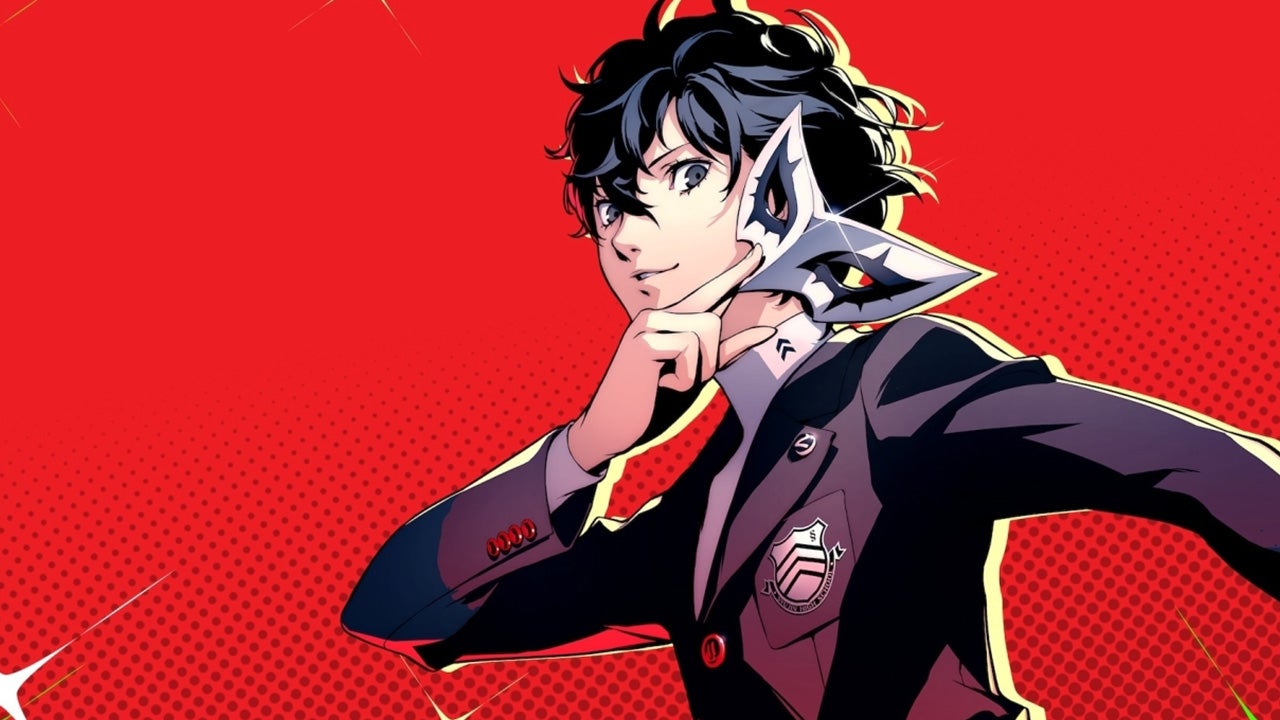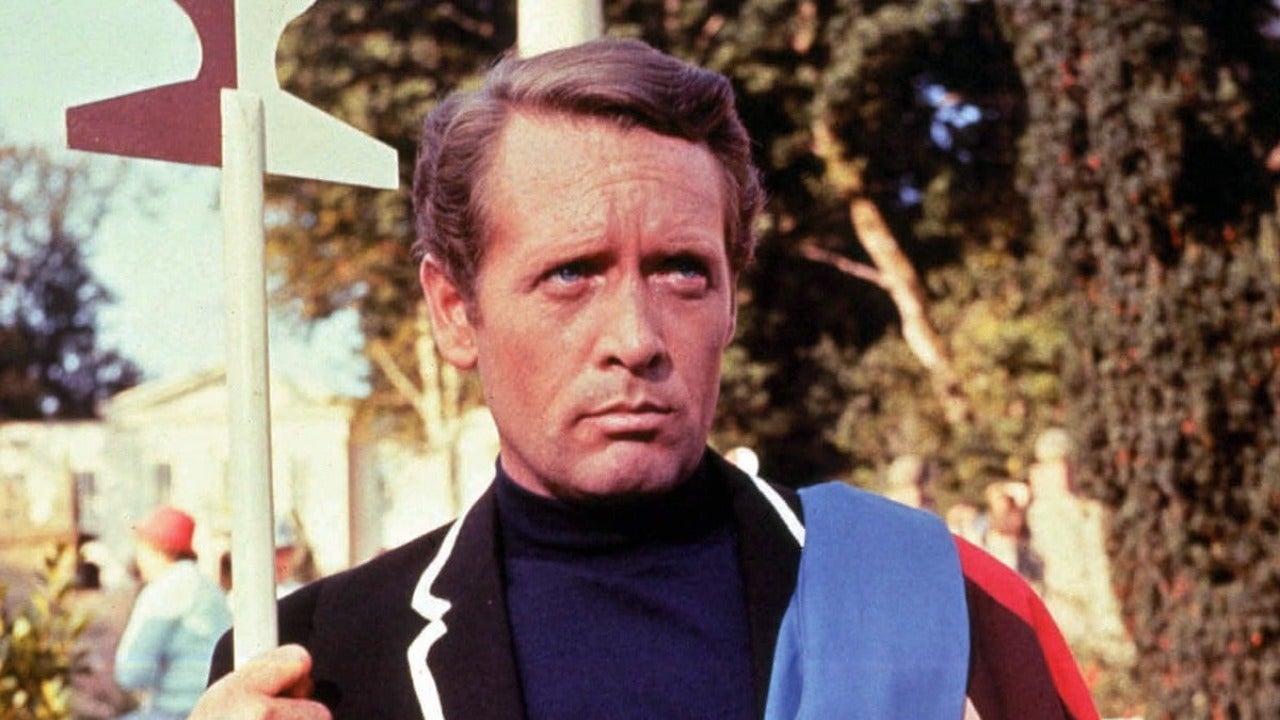After crusading through the hallowed, freakish 2D corridors of the original Blasphemous in 2019, I wondered how its followup, Blasphemous 2, might iterate upon a solid first stab. As it turns out, despite the rather fanatical setting they’ve created, the developers don’t appear to be afraid of ditching the dogma of the past to shake things up. Nowhere is that more apparent than with how this sequel retains its combat-focused strengths while significantly overhauling the puzzles and platforming to be more in line with its genre peers. From the few hours I’ve played so far, that gamble seems like it will pay off, and I’m more excited than ever to dive back into this sickening, pixelated soulslike.
The main instruments in Blasphemous 2’s greatly upgraded platforming toolbox are the three new weapons you’ll be switching between in order to defeat enemies and complete puzzles. Gone are the days where your trusty Mea Culpa was the only way for you to smite people. Instead you’ve got the powerful, slow swinging War Sensor, the lightning-fast dual weapon Rapier and Dagger, and the reliable middle-ground between those two extremes called the Praying Blade. Not only do each of these weapons have their own advantages and disadvantages in terms of reach, speed, and special abilities, but they also each have a skill tree that can be upgraded along the way, adding things like a shorter wait time for charged attacks and expanded attack combo options.
But the real trick to Blasphemous 2’s expanded arsenal is in how it elevates platforming and puzzles from its predecessor, as they each have their own traversal ability that helps you navigate Cvstodia. For example, the flail-like War Sensor can be used to smack massive bells that open otherwise impassable doors and reveal invisible platforms, the Rapier and Dagger allow you to dash through magic mirrors that send you flying across a level and pass through certain objects, and the Praying Blade lets you slam to the ground with enough force to smash through certain obstructions. Obtaining each of these weapons quickly became a priority during my demo as a means of giving me access to more areas and allowing me to solve puzzles that required clever use of these tools of destruction.
That increased focus on collecting interesting tools, then using them in clever ways to access previously inaccessible areas definitely went a long way to make this sequel feel much more like a metroidvania than the first game, which was an action-platformer that focused a whole lot more on the hacking and slashing part than anything else.
That’s not to say that Blasphemous 2 doesn’t feature a whole lot more of its signature challenging combat – there’s a whole lot of it and it already felt smoother than ever in my first few hours with it. In fact, the addition of multiple weapon options allowed for a lot more variety during 2D confrontations where I was weighing the speed and mobility of the Rapier versus the raw power and reach of the War Sensor. Those options also went a long way to preventing monotony as I retraced my steps through previously explored areas; a major improvement over its predecessor’s sometimes-stale melee.
This was especially true during boss fights. While I’m not able to share footage from the excruciatingly challenging gauntlet I faced at the conclusion of my time with Blasphemous 2, if that encounter is anything to go by, it seems we’re in for some even more demanding trials where you’ll need to put the full weight of your arsenal to use to overcome these harrowing scenarios.
With Blasphemous 2 set to debut next month, I’m more excited than ever to jump back into Cvstodia and see how else this fanatical 2D soulslike is evolving.




